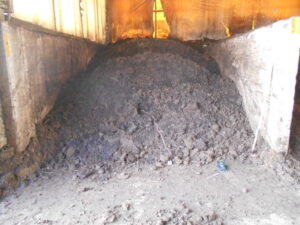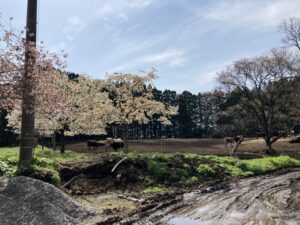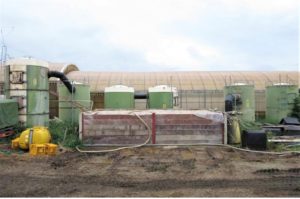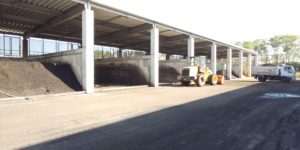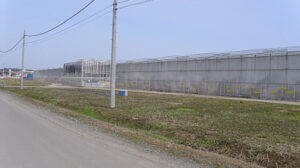Increasing Fermentation Temperature, Reducing Odors, and Producing High-Quality Compost from Dairy Manure (Client: S Farm)
This case study presents a solution for addressing issues related to odor and fermentation temperature at S Farm in Tottori Prefecture.
- Products Introduced
- Easy Jet
- Client and Location
- Tottori Prefecture / S Farm
- Processed Material
- Dairy Manure with 85% Moisture Content
- Issue
- Due to the high cost of secondary materials, it was not possible to secure a sufficient amount of secondary materials, and even after composting, it was difficult to raise the temperature of the compost, so "odor at the time of cutting back" and "stench caused by sewage" were issues.
Overview of Composting at S Farm
At this dairy farm, which raises 50 dairy cows, cow manure is mixed with rice husks for composting.
However, due to the rising costs of supplementary materials, securing an adequate amount was challenging, resulting in difficulty achieving the desired temperature for composting.
With high costs for rice husks and infrequent turning operations, the moisture content of the manure (after mixing with rice husks) was 77%, leading to ineffective fermentation and leachate on the floor.
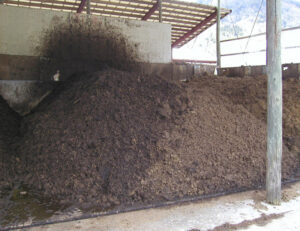
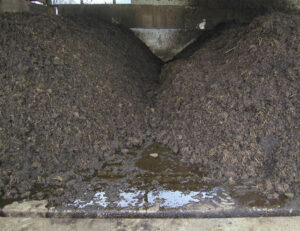
Before Composting
Introduction of “Easy Jet”
To address the issues of “improving fermentation temperature” and “reducing the labor of turning”, Easy Jet was installed, and its effects were evaluated.
Pipes of Easy Jet were installed on the floor, and cow manure was piled on top. No turning was performed after piling.
Increase in Fermentation Temperature
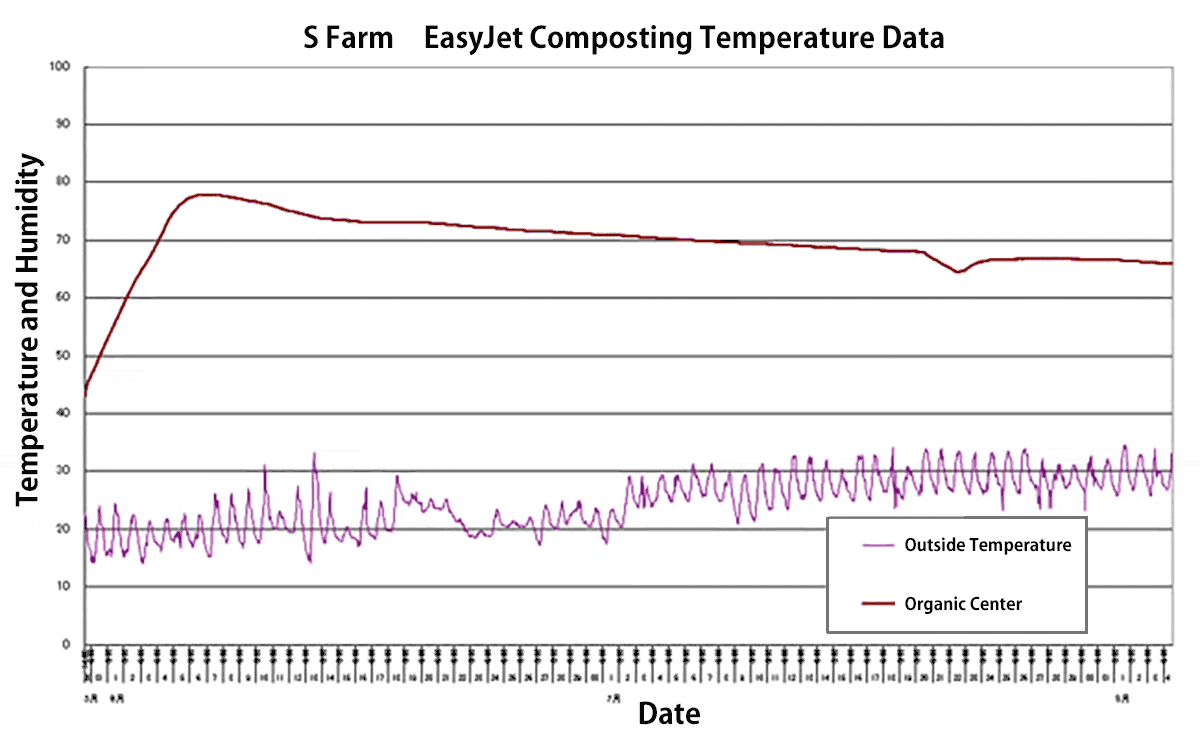
The graph shows temperature data after the start of fermentation. Previously, temperature increases were difficult to achieve, but the data indicates that fermentation temperature rose and was maintained over a long period.
Improving Ventilation and Reducing Turning Labor
With the installation of Easy Jet, air was distributed throughout the compost from the start of piling, allowing temperature to rise without frequent turning.
This reduced unpleasant odors from turning and leachate, creating a more comfortable barn environment.
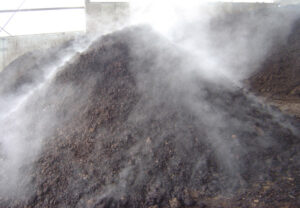
After Installation
The photos show the state immediately after piling and after 8 weeks. As fermentation progresses, the organic matter breaks down and reduces in volume, resulting in a lower piling height.
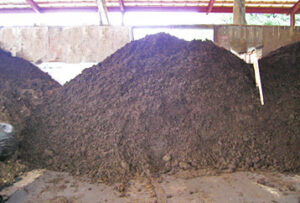
Immediately After Piling
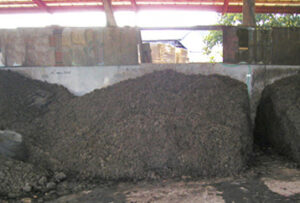
8 Weeks After Piling
Summary

As described above, we were able to confirm that fermentation started and the temperature rose even under somewhat unfavorable conditions, but we still believe that the basic principle of composting is to firmly adjust moisture content.
In this case, we recommend the use of coarse materials (primary crushed materials, etc.) to create voids and promote aerobic fermentation, rather than sticking only to materials with small particle size (high water absorbency) as in the past.
Coarse materials can be procured in abundance and at a much lower cost (in some cases, the unit price of primary and secondary crushed materials is almost double that of primary crushed materials).
If it’s difficult to manage temperature increases during the initial fermentation phase due to the use of coarse materials, using Easy Jet only during the initial yard phase can help keep initial costs down.
Please feel free to contact us and we will be happy to suggest what is best for your customers.
Introduction of the Product
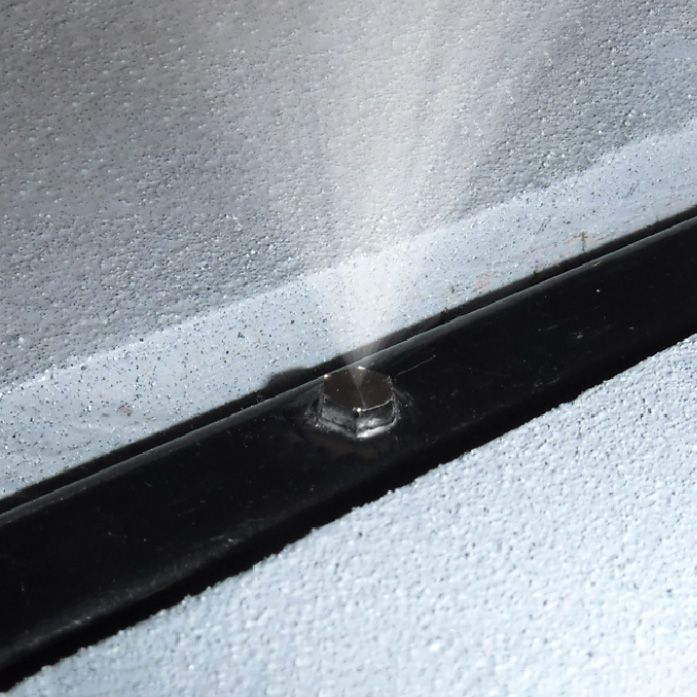
Composting Equipment
Easy Jet
Composting Equipment that requires no turning
A special nozzle supplies oxygen to the inside of the compost, eliminating the need for heavy machinery to turn the compost around. High-temperature fermentation in winter is realized, enabling production of high-quality compost.
writer
CORPORATIONMIRAIE
We are a plant manufacturer specializing in composting and recycling equipment. We provide comprehensive support to customers facing composting and odor issues and strive to strengthen production systems to improve productivity.







 Facebook
Facebook X
X Hatena
Hatena Poket
Poket